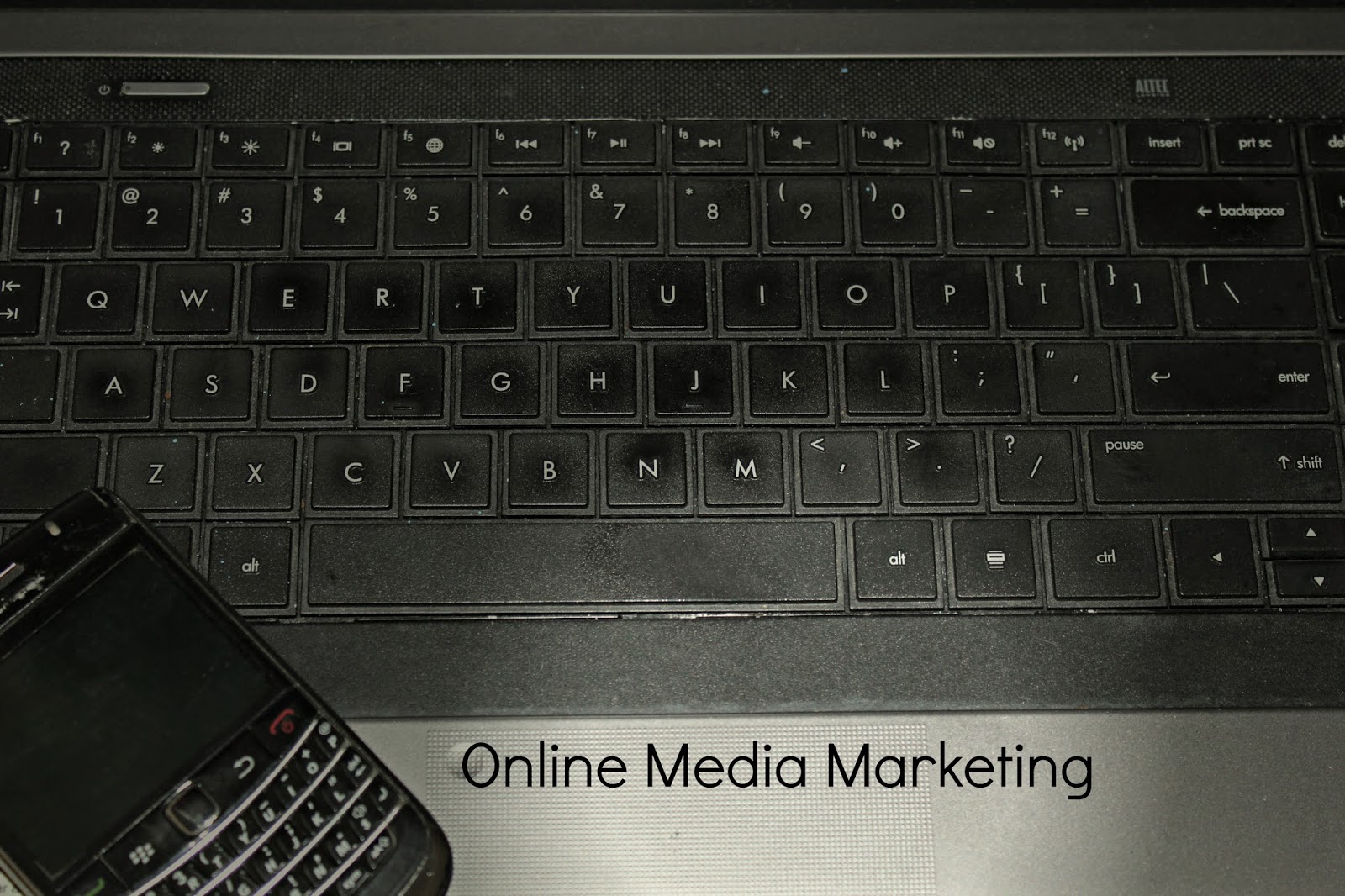The Internet provides opportunities for military
development as well as higher education advancement. The researchers Minculete
& Chisega-Negrila (2014) conducted a case study of a military academy
within the military higher education to determine how technology and marketing
is being adapted for greater learning. Their work moves into the nature of
online commerce and how virtual learning is improving the system in accordance
with NATO standard requirements.
All academies and colleges must market their
offerings in order to attract new students. Marketing strategies of military
academies is cyclical in the sense that it collects and shares information to
use in their planning and adjustment processes to reach target markets. The
same process can be applied to colleges in general that use technology to enhance
their product quality and reach.
The standard approach is for academies to provide
information regarding an institutions history, mission, policies, and the
products or services they offer (Close, 2012). The website becomes an
information tool that displays information in hopes that passive search
visitors will frequent the site. The sources of informational power can be
enhanced to gain information and adjust processes at a higher level.
Search Engine Marketing (SEM) is a primary marketing
method that rests on three broad aspects that include the search spider that
crawls information from websites, the search software on the user’s computer,
and the directories that categorize websites for recall. The process works a
little like the human brain and is designed thus based upon psychological
principles.
There are a number of marketing methods that
include:
Search
Engine Marketing: The method of data collection, search
software, and categorization of information. This is the bones behind the
Internet.
Email
Marketing: The collection of emails and dissemination of
information using this medium.
Viral
Marketing: Creating content that users will willingly pass
onto their social networks.
Affiliated
Marketing: Displaying a company’s banner and advertisements on
sites for additional revenue. Most people know this as Google Adwords and
similar type programs.
Internet
Advertising: The process of creating advertisements
and purchasing places and locations in high traffic areas and sites.
Web-logs:
The use of blogs to create content that draws search engine and user interest.
Social
Networks: The social media networks that try and engage
physical and virtual communities.
Online
Reputation Management: The use of reputation management
to ensure one’s online image is strong.
Mobile
Internet: Using personal products, cell phones, tablets, etc…
to reach customers. This is common in the applications and music download
industry. Newer technology includes streaming.
Web
Communities: Marketing within chat rooms and forums.
Webcasting:
Creating videos and other advertisements that can be posted on Youtube and
other areas to draw interest.
According to the authors the use of online media
sources is a major component of drawing in new interest to the military
academy. The same process can be applied to higher education in general. They
recommend that institutions 1.) create an efficient webpage; 2.) optimize the
site; 3.) promote educational programs and their results; 4.) chronically
analyze the site for improvements; 5) promote the institution through online
mediums; and, 6.) create interactivity between the institution, current
students, potential students, and stakeholders. The process of building
stronger marketing programs using the Internet has the potential to raise the
strength and value of not only online education but also its public interest.
Close, A. (2012). Online consumer behavior. Theory and Research in Social Media,
Advertising and E-Tail. Editura Taylor & Francis Gropu, NY.
Minculete, G. & Chisega-Negrila, M. (2014).
Online marketing. Challenges and opportunities for the military higher
education. Journal of Defense Resources
Management, 4 (2).
